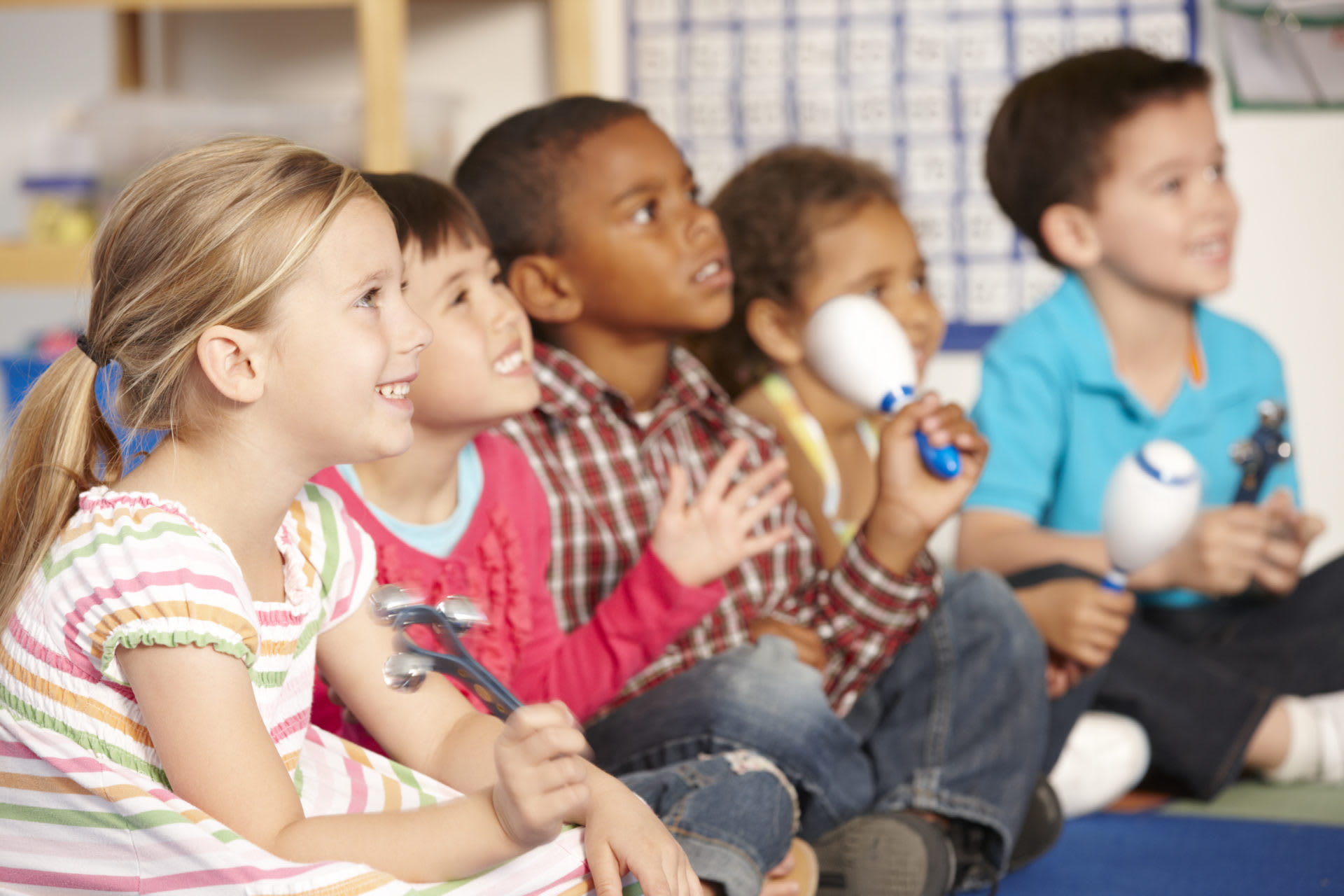Today’s students can come from all different types of backgrounds, situations, and diverse cultures that we as teachers can’t always relate to within this ever-changing society. Self-regulation skills are especially valuable to teach in these diverse environments to help students manage stress and regain control when they may feel like nobody understands them.
Incorporating social emotional teaching strategies into our curriculum helps students not only grow academically, but personally. The Collaborative for Academic, Social and Emotional Learning (CASEL) identifies five core social and emotional competencies in which students should become proficient:
- Self-awareness
- Self-management
- Social-awareness
- Relationship skills
- Responsible decision making.
Within self-management is the skill of self-regulation, which we can teach and reinforce for our students on a daily basis. When students learn coping skills and have resources to help them self-regulate, they will excel – not only in school, but also in work and in life.
L.R. Knost says it best: “When little people are overwhelmed by big emotions, it’s our job to share our calm. Not join their chaos.”
EVERFI’s Social & Emotional Learning courses, Character Playbook (Grades 7-9) and The Compassion Project (Grades 2-4) take a blended learning approach to help equip students with the knowledge and tools to build responsible, respectful, and rewarding lives for themselves and others.
Here are a list of resources to implement in your classroom alongside EVERFI’s SEL courses:
Calm Down Space
Set up an area within your classroom that a student can escape to where they can give themselves a personal break to bring themselves down or handle their emotions. Each classroom and even the main office at my school has a designated space for this. Your area can be set up in many ways using area rugs, bean bag chairs, pillows, or tents to create a calm space.
In my calm down space, I have a plush fuzzy rug with a bean bag chair, plus activity books like word searches, sudoku, and crosswords books. You could also include items like stress balls, coloring pages, books, cards with calming breathe activities, or other sensory items to promote calmness. The space within the classroom also works to normalize the action of self-calming and to reduce time outside of the classroom.
Here are some guides to help you make your own calm down space:
- The Classroom Calming Corner
- 5 Things to Have in Your Classroom Calming Area
- 15 Great Ideas for Your Classroom Calm Down Kit
Classroom Yoga
Many students have a hard time sitting still not only after a long time but just after a few short moments during a lesson. Some students may have a hard time transitioning from an exciting or high level activity. By implementing classroom yoga, you can help your kids relax, unwind, and calm down. Yoga also has many other benefits – increasing strength and flexibility and developing self-confidence, self-expression and body awareness.
Resources:
Brain Breaks
Brain breaks in the classroom add specific movement or activities in order to enhance students’ moods and help improve attention, memory, cognitive function, and ability to cope with stress. As the teacher, you can judge when a break is needed by knowing your class, transitioning from one lesson to the next, incorporating as part of a lesson or upon returning back to the classroom.
Resources:
Breathing Exercises
Deep breathing helps gain control over emotions and anxiety, learning and refreshes our brains. These exercises can be done as a class, individual and in calm down spaces.
Resources:
- 3 Mindful Breathing Activities for Classroom Transitions
- Printable – 8 Fun Breathing Exercises for Kids
- 5 Calming Mind-Body Exercises to Try With Your Students
Social Emotional Stories, Lessons & Games
Using stories is a great way to help students relate and build a personal connection to a topic plus help encourage social emotional skills within the students. Check out the resources below for books, games, and personalized learning experiences to start positive conversations regarding SEL with your students.
Resources:
- 11 Books to Add to Your Social Emotional Reading List
- Peekapak
- Emotional ABCs
- Games that Teach Self Regulation
By teaching self-regulation skills to our students, we are giving them the tools they need to succeed not only in our class, but in situations outside of school and in the future. These simple practices can be embedded daily into existing lessons and will help students deal with stress and regulate their emotions.


